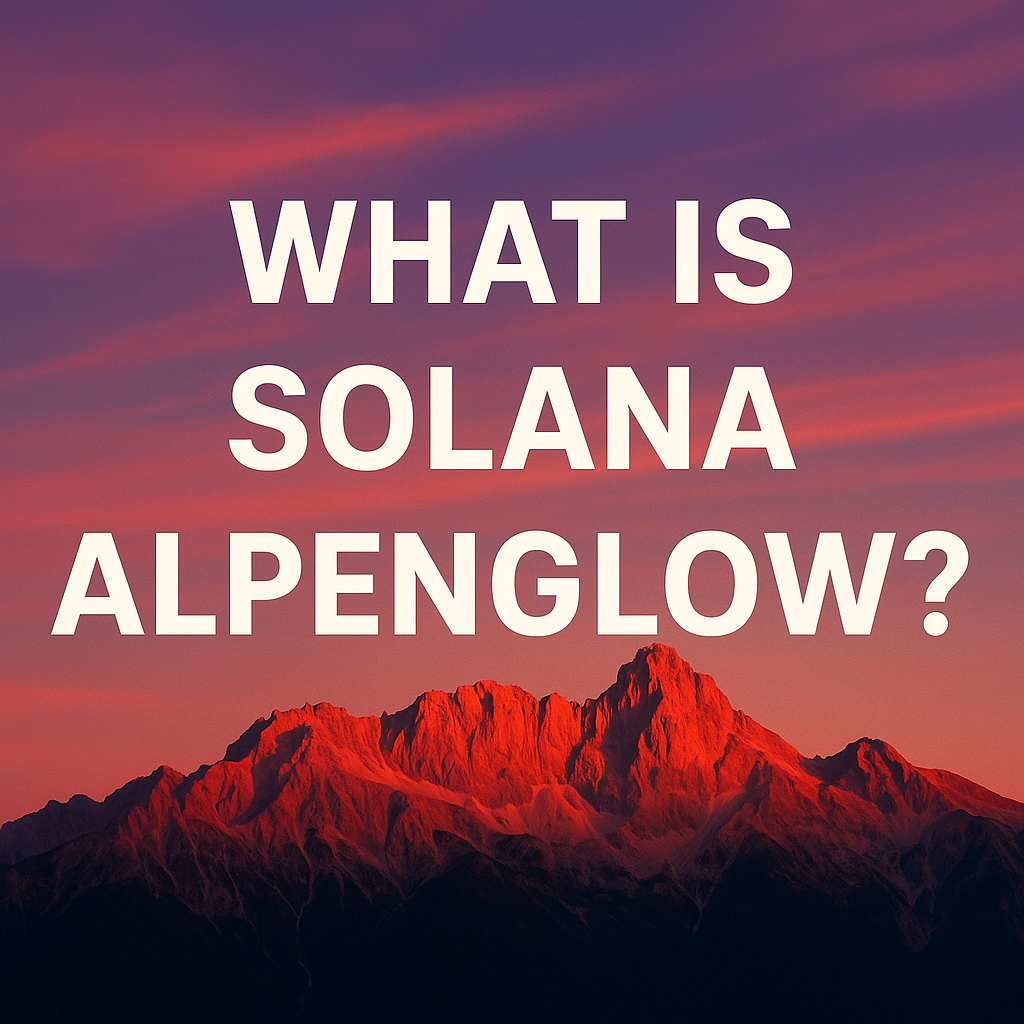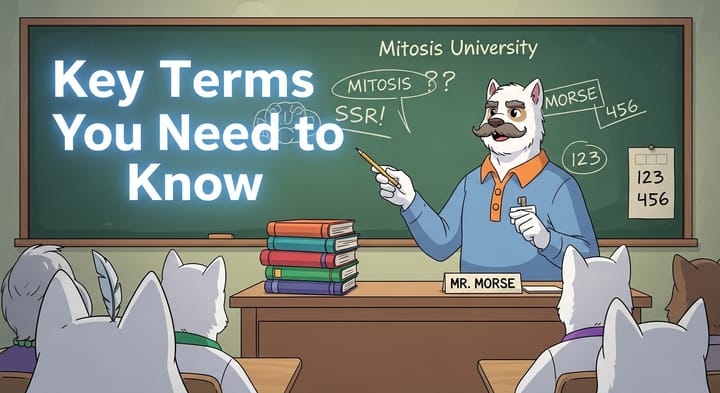🌄 What Is Solana Alpenglow? A New Dawn for Consensus Speed and Resilience

Solana has long positioned itself as the ultra-fast, low-cost blockchain for scalable applications—from DeFi and gaming to social media and NFTs. But as the demands on the network evolve, so must the underlying technology. That’s where Alpenglow comes in.
Alpenglow is a major new consensus upgrade proposal from Anza, a team spun out from Solana Labs. It seeks to replace Solana’s existing Proof of History (PoH) and Tower BFT systems with a more modern, performant architecture built for real-time blockchain applications.
Maybe in the future Mitosis maAssets or Mitosis Matrix vaults could be used on Solana cause Mitosis cross-chain liquidity and computation can do that.
Let’s break it down 👇
🧬 Why Solana Needs Alpenglow
Solana's current consensus design—based on Proof of History and Tower BFT—has enabled high throughput but introduced drawbacks like:
- Delayed transaction finality (~12.8 seconds)
- High validator overhead (due to on-chain vote transactions)
- Increased complexity in network coordination
With Alpenglow, the goal is clear:
⏱️ Reduce latency and 📈 boost resilience—all while simplifying operations.
⚙️ Alpenglow's Core Innovations
🔹 1. Votor: The New Voting Engine
Votor replaces Tower BFT with a fast, secure voting system:
- Uses BLS signatures to aggregate validator votes off-chain
- Enables near-instant consensus under normal conditions
- Supports dual paths:
- Fast Path: Finalizes in one round with ≥80% validator agreement
- Fallback Path: Two rounds for ≥60% stake support, ensuring liveness even during partial faults
✅ Result: Sub-150ms finality possible for many transactions.
🔹 2. Rotor: The Turbo Data Broadcaster
Rotor is designed to replace Turbine, Solana’s current block propagation protocol. Key enhancements:
- Single-hop multicast—faster than multi-layer propagation
- Erasure coding—reliable recovery even with missing data chunks
- Simpler logic—fewer dependencies and cleaner performance guarantees
📡 Result: Faster and more resilient communication between nodes.
🚀 What Does Alpenglow Achieve?
| Benefit | Description |
|---|---|
| 🕒 Faster Finality | From ~12.8s → 100–150ms |
| 💸 Lower Validator Costs | Eliminates on-chain vote TXs → saves ~$5,000/month per validator |
| 🧱 Increased Resilience | Handles up to 20% malicious + 20% offline stake |
| 🔒 No Loss in Security | Maintains Solana's high threshold for consensus integrity |
🕹️ Real-World Impact
Alpenglow is tailored for the next generation of blockchain applications, especially:
- 🔄 High-frequency DeFi
- 🎮 Real-time games
- 📲 Interactive social apps
- 🧠 AI-generated onchain workloads
This shift means Solana could become the fastest layer 1 blockchain not just in theory, but also in how users feel the speed.
📅 When Will It Launch?
As of May 2025, Alpenglow is a formal proposal undergoing community review and testing.
🧪 Expect:
- Testnet trials
- Validator experimentation
- Transparent community feedback cycles
Mainnet deployment may follow later in 2025, depending on feedback and results.
📸 Visual Summary
🔗 Learn More from Official Sources
- 🧠 Anza: Alpenglow - A New Consensus for Solana
- 📘 Helius: Alpenglow Explained
- 📰 CoinDesk Coverage on Solana’s Consensus Rewrite
🧭 Final Thoughts
Just like its namesake—the glow of sunrise on mountaintops—Solana Alpenglow signals a new day for blockchain scalability and performance.
If successful, this consensus upgrade will not only fix long-standing latency issues—it could redefine what’s possible on a public chain.
Welcome to the next evolution of Solana. ☀️💻


Comments ()